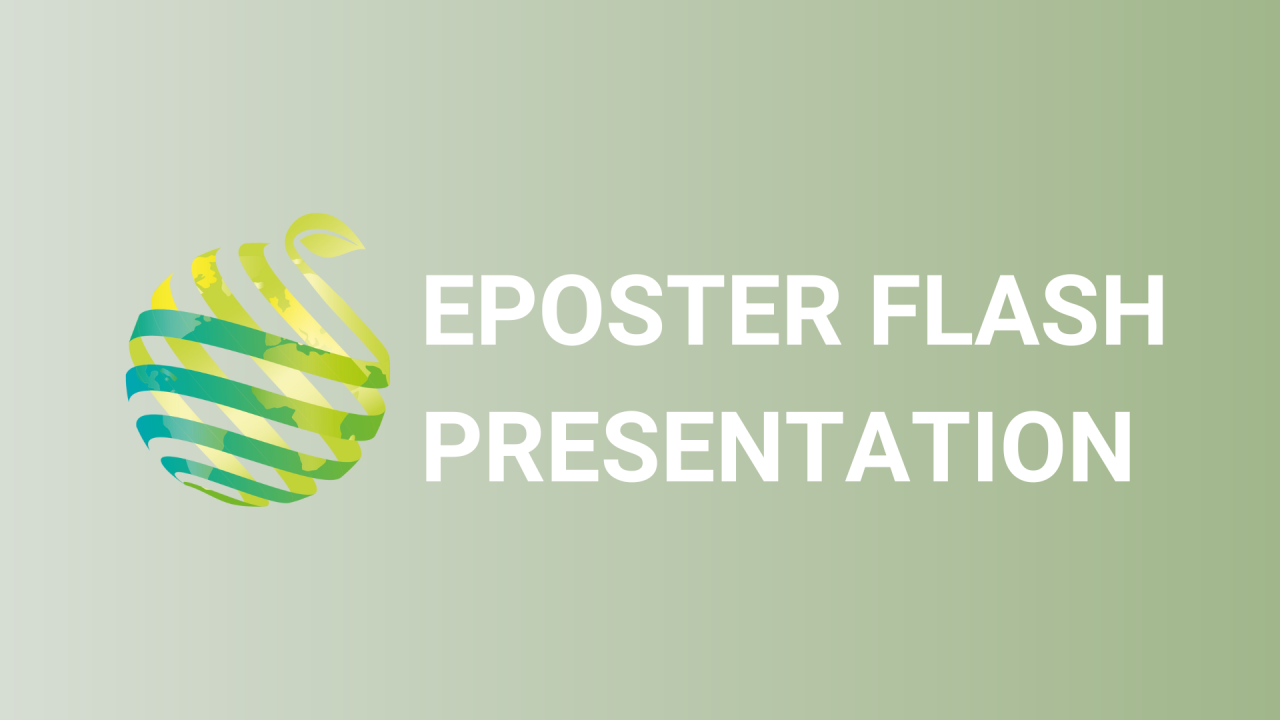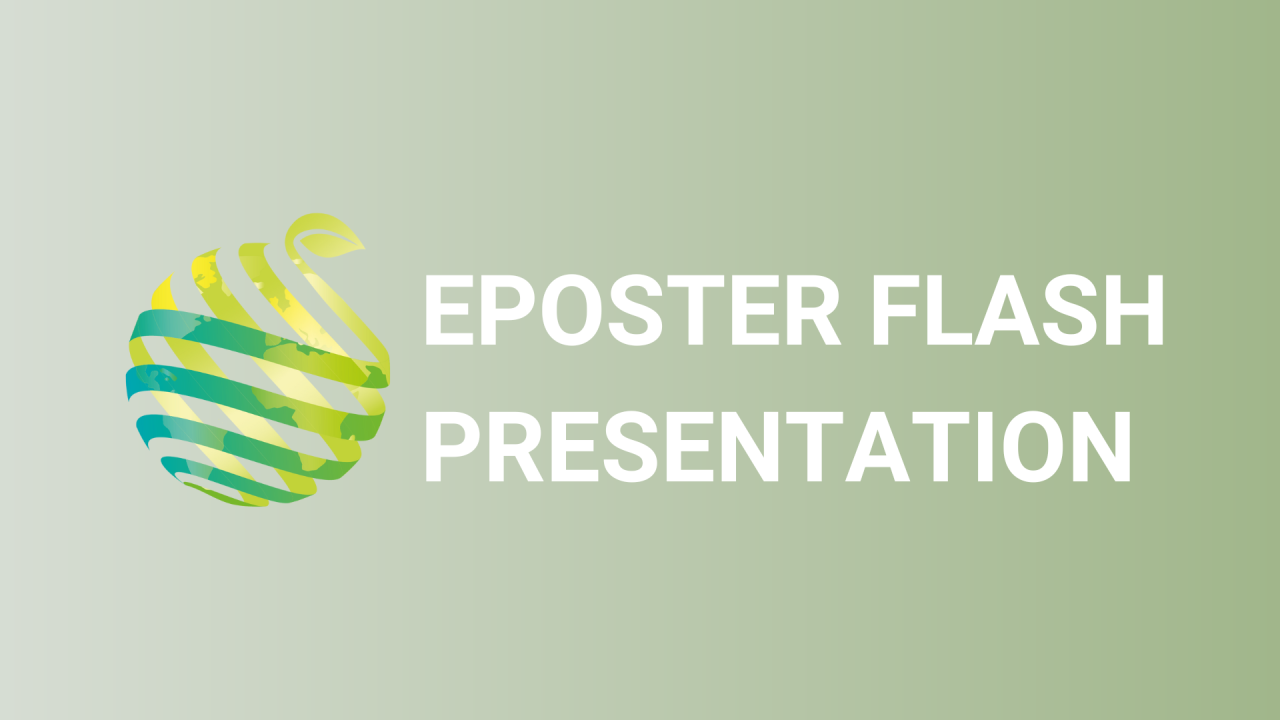

S02 - Session P3 - Genetic diversity in gooseberry, Ribes uva-crispa, estimated with SSR markers
Information
Authors: Larisa Gustavsson *, Josefine Nordlander, Jonas Skytte af Sätra, Helena Mattisson, Kateryna Udovychenko, Olga Lushpigan, Lasse Loose, Matti Leino, Inger Hjalmarsson
European gooseberry Ribes uva-crispa (synonym R. grossularia ) is a popular berry crop in many European countries, including Sweden, Denmark and Ukraine. There is no active gooseberry breeding program in either Sweden or Denmark, but a successful program is operating in Ukraine. In Sweden and Denmark, the main activities regarding gooseberries have so far focused on collection and morphological evaluation of available genetic resources. Recovery, characterization and preservation of Swedish national heritage gooseberry cultivars are under the patronage of the National program for diversity of cultivated plants (Pom) . The Central collection situated at SLU-Alnarp conserves valuable germplasm and prevents the loss of this important part of pomological history. Furthermore, valuable gooseberry genotypes are still present in public and private garden collections and thus additional inventory finds may be added to this collection in the future. The goal of our study was to characterize gooseberry germplasm with 15 Simple Sequence Repeat (SSR) markers. The objectives were: i) to clarify the status of the Swedish Central collection of gooseberry mandate cultivars; ii) characterize inventory findings and other germplasm collected in public and private gardens; iii) evaluate genetic diversity available within Swedish gooseberry germplasm. Furthermore, we aimed to place the Swedish germplasm in an international context by comparing it with historical cultivars preserved in Denmark and UK and germplasm used for breeding of new cultivars in Ukraine. The results confirmed expected and revealed unexpected duplications within- and between the analyzed collections as well as among the inventory finds. Furthermore, we found indications of possible mislabeling. We revealed a high genetic diversity and some structure within the analyzed germplasm. The data constitutes an important basis for evaluation and addition of accessions to the present collections, as well as removal of unnecessary duplicates.